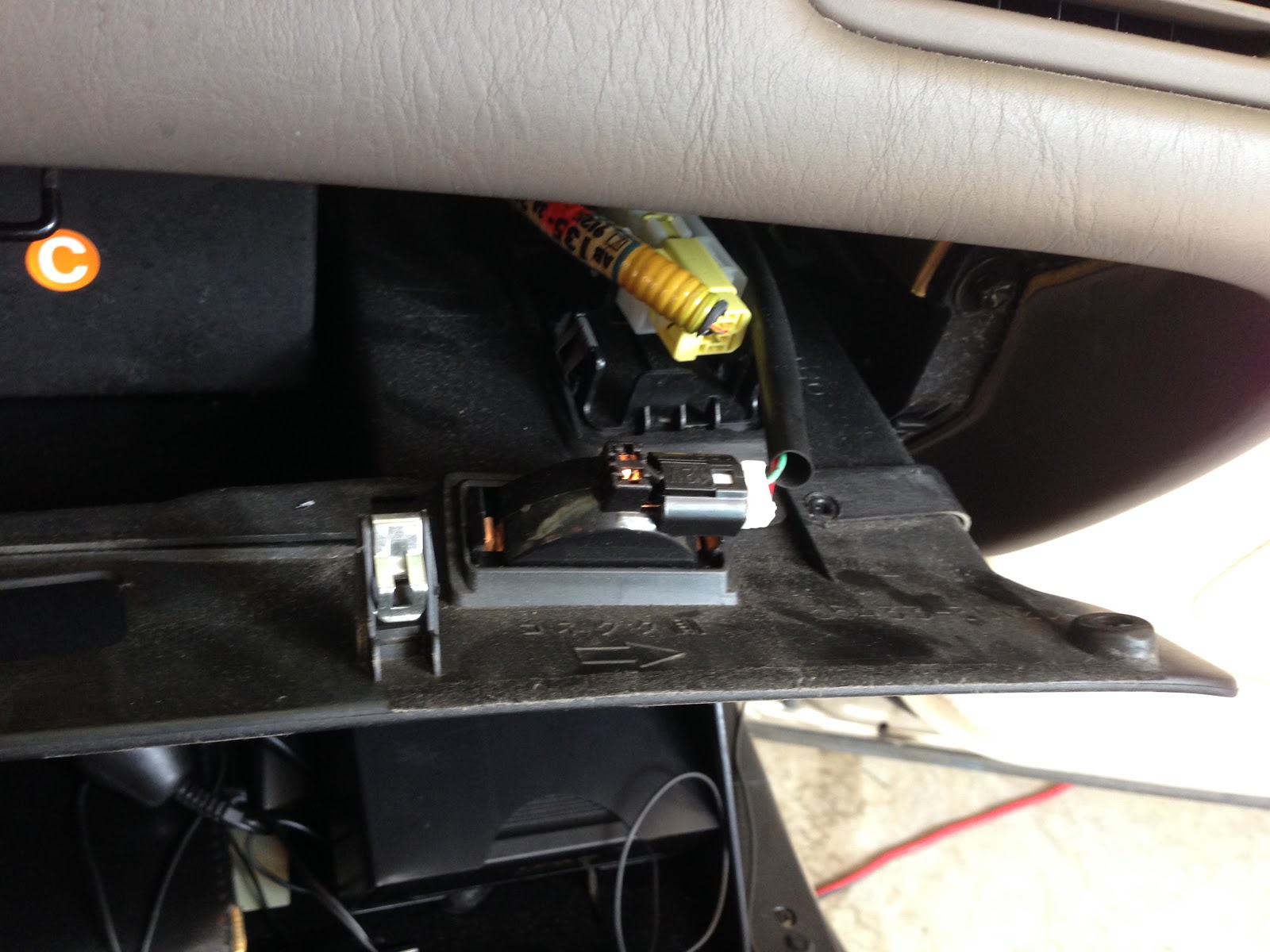Our robot pool cleaner uses a Pentair Universal Booster Pump with a B668 motor and recently it began to squeal with the sound of a bearing going bad. It was so loud you could easily hear it inside the house whenever the pump was running.
The motor is variously known as an AO Smith Century Centurian Motor, a part #7-187400, a B668 motor, or a Pentair Universal Booster Pump Motor and is a very common motor for pools and spas.

To fix it, I first disconnected the electrical service by shutting off the circuit breakers, unplugging the two blue hot wires, and unscrewing the green ground wire from the back of the motor. Then after disconnecting the conduit, pulled the wires clear of the motor.
 |
| Back of motor with electrical access panel |
 |
| Electrical Connections |

Second, I removed the 8 nuts holding the two halves of the pump together so I could take the motor into the garage without disconnecting any plumbing at the pool.
Next, I removed the pump impeller by holding the back end of the shaft with a wrench and unscrewing the impeller from the front end of the shaft.
 |
| Cap removed to reveal back end of shaft |
 |
| Pump impeller ready to be removed |
Finally, I removed the front pump housing from the motor and shaft. Then after removing the four long through-bolts from the back of the motor and pulling the shaft/motor cap assembly out clear I noticed that there is a bearing retainer on the back side of the front motor cap. At first I tried to loosen the retaining bolt head recessed in the motor cap but it was frozen solid. Eventually I figured out that I could just take a screw driver and rotate the retainer out of the way from the underside.
 |
| Recessed Bearing Retailer Screw |
To remove the worn out bearing without an arbor press (I should have just gone to Harbor Freight and bought one) I used an open ended wrench and a hammer to beat on it until it finally started to move.
After the bearing and spacer ring were off I cleaned up the shaft ahead of the bearing with a flapper wheel and then polished the seal surface with some buffing compound on a buffer wheel.
 |
| Shaft after Polishing |
After tapping the new bearing and the spacer into place, again with an open ended wrench and a hammer I moved over to replacing the shaft seal while I had everything apart.
To remove the old shaft seal I just tapped it out with a large screw driver and a hammer. To seat the new seal, I used an old piece of pipe I had sitting around with the right diameter to clear the floating seal and engage the rim of the housing.
From there everything just went back together the same way it came apart.
----> Fixed in about 3 hours for about $10 ($5 for the new bearing, $5 for the new shaft seal)






























